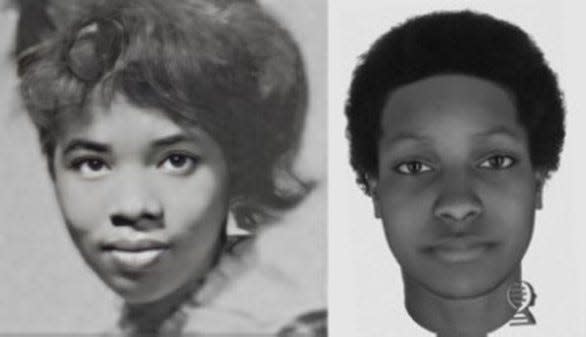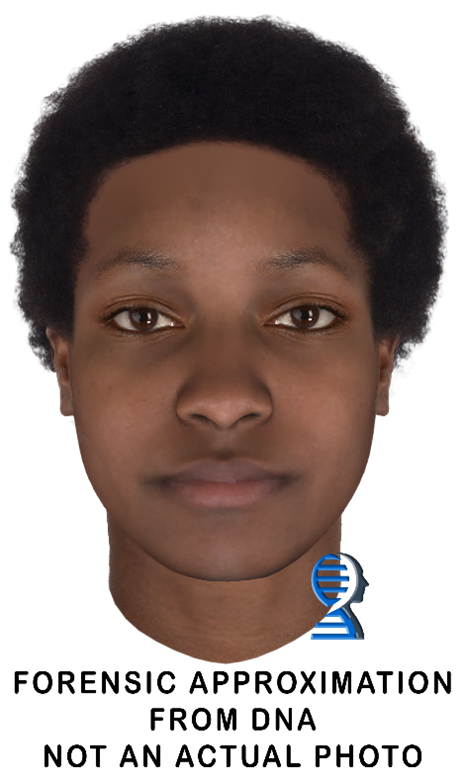Portland teen missing since late 1960s was actually found dead in 1970, DNA database shows
A teenage girl from Portland, Oregon, who was reported missing more than 50 years ago was identified through DNA after her relatives began uploading their info into a national database, according to the Oregon State Police.
Sandra Young has "regained her identity" following the Grant High School student's disappearance in the late 1960s, police said.
"Her story represents a remarkable amount of diligence and collaboration between family members, detectives, Oregon State Medical Examiner staff, and our contract laboratory Parabon Nanolabs," said Nici Vance, the state’s human identification program coordinator at the Oregon State Medical Examiner’s Office.
There were few details on Young's disappearance, which occurred in either 1968 or 1969, making her 17 or 18 years old at the time, but authorities were able to identify Young through genetic genealogy, which uses genealogical DNA tests and traditional genealogical methods to determine the familial relationships between individuals.
"This technology gives investigators the powerful ability to assist all Oregon agencies with the resolution of their cold case mysteries," Vance said in the release.

Sandra Young's body found on Sauvie Island
A Boy Scout trooper walking along the far north end of Sauvie Island in Columbia County on Feb. 23, 1970, saw what seemed like just clothes. Once the Scout looked deeper, he found Young's body, according to Oregon State police.
When investigators went to recover Young's remains, they found a black curly wig, Oregon State police said. From that point, investigators were under the belief that the body belonged to someone Black who died from trauma to the body. Evidence also pointed to foul play being involved.
After being moved in 2004 to the state medical examiner facility in Clackamas County,along with more than 100 other sets of unidentified remains, the case would be mired by false starts for decades.
'Needs to be more investigation,' Young's nephew says
Momentum didn't start to come into the case until 2018 when the Oregon State Police Medical Examiner’s Office received a grant to fund the use of some innovative DNA techniques, including genetic genealogy, police said.
Different DNA techniques were used by Parabon NanoLabs, a Virginia-based company that provides DNA phenotyping services for law enforcement, to create a better picture of Young — including her eye color, hair color, skin color, and ancestry.

Further genetic testing by Parabon NanoLabs in 2021 predicted Young's facial characteristics, according to police.
“To see her face come to life through DNA phenotyping was striking,” Vance said in the release
When a distant family member uploaded their DNA into the GEDMatch, an open-source genetic genealogy database, in January 2023 it matched with Young's. A more complete picture of Young's family began to form as other family members uploaded their DNA.
Discarded DNA: The controversial clue in the trash that's bringing serial killers to justice
Young's identity became even clearer when genetic genealogists determined she was the sister of one of the people who uploaded their DNA into the database.
Subsequent interviews and DNA testing throughout 2023 led not only to Young's identification but also to her family's cooperation and the Portland Police Bureau being contacted about potentially conducting a follow-up investigation into the missing teenager's death.
Lorikko Burkett Gibbs, Young's nephew, told KOIN 6 News that there's "no sense of closure" and "no sense of justice about this.”
“It’s very emotional. It’s very messed up,” he told the TV station. “I know it’s still being investigated, but I think there needs to be more investigation about this.”
This article originally appeared on USA TODAY: Sandra Young, missing Portland teenager, has remains identified

